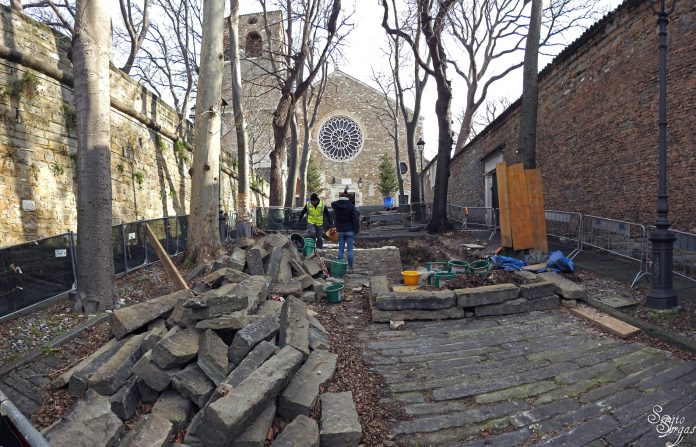by Alessandra Ressa
An ancient oil press has been found in Trieste, only a few meters away from San Giusto cathedral. The accidental discovery happened while men from the local water company where replacing a leaking pipe near the public toilets.
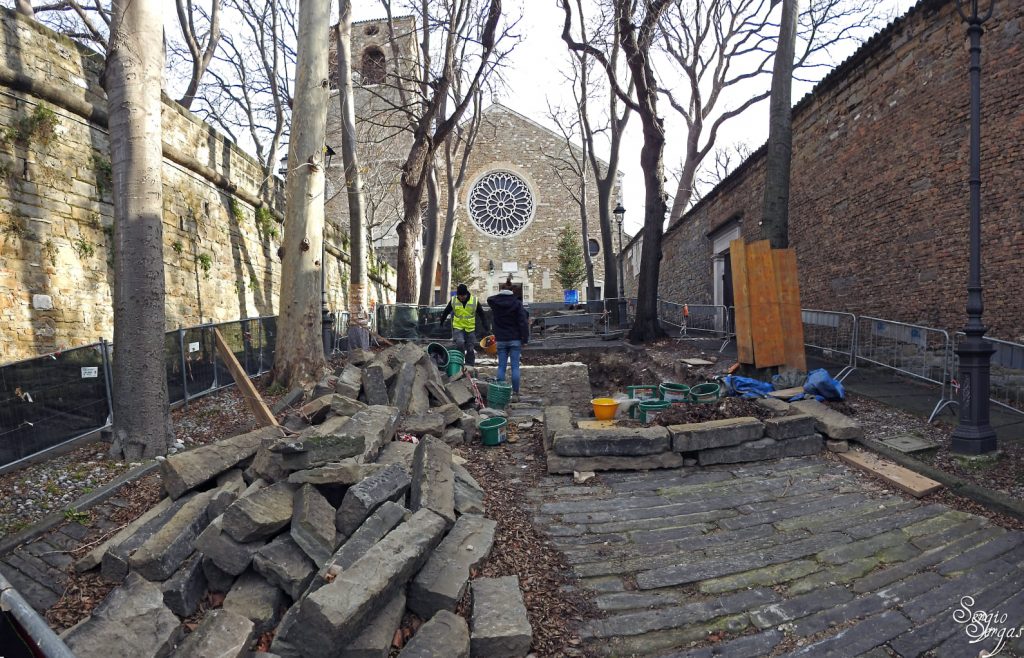
Several old stones paving the way to the cathedral along Via della Cattedrale had already been removed when the workers realized something valuable and very old was underneath. The Soprintendenza Archeologia, Belle Arti e Paesaggio (the government agency protecting all Italian artistic heritage) was immediately alerted and, after careful observation and clearing, archeologists were able to determine that this ancient olive oil mill had been built by Triestini around IV or V century A.D.
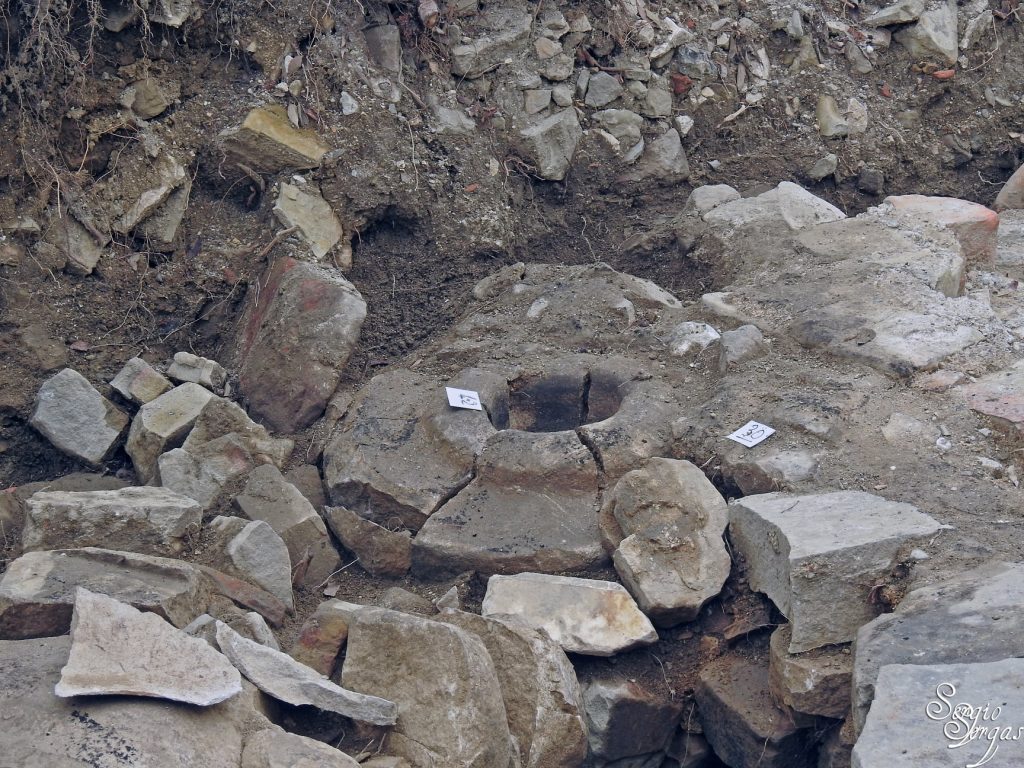
Curiously enough, the workers were able to determine that this precious tool, most likely used for crushing olives, had been obtained in a very creative way. The ancient resourceful craftsmen of Trieste had converted an older stone epigraph by chiseling a hole to let the liquid flow.
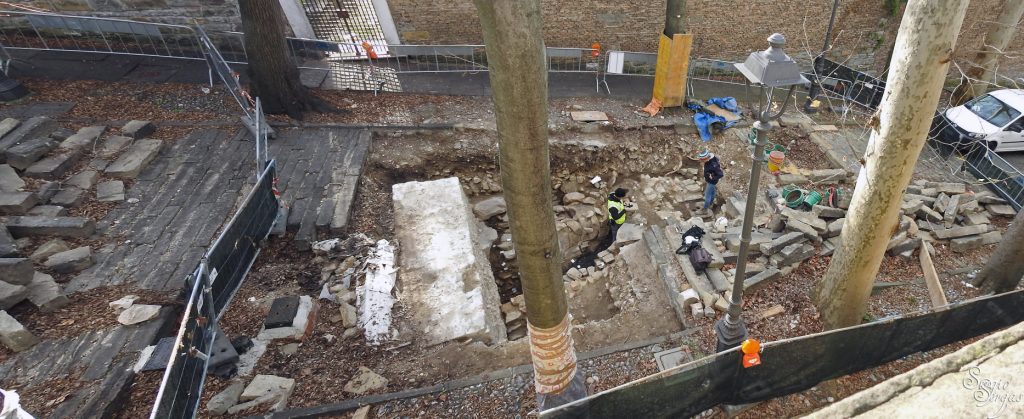
As the water company has now fixed the leak, the whole area, which has been sealed off and covered to protect the re-emerged treasures, will be further cleared and studied. According to Soprintendenza archeologists, the tool was built with recycled materials in a skillful and ingenious way.
The writings, decorations and remains of columns and frames on this unique mill support this theory. Further analysis of sediments on the press will determine what was crushed inside, although experts are quite sure about olives, as there was extensive oil production in the area.
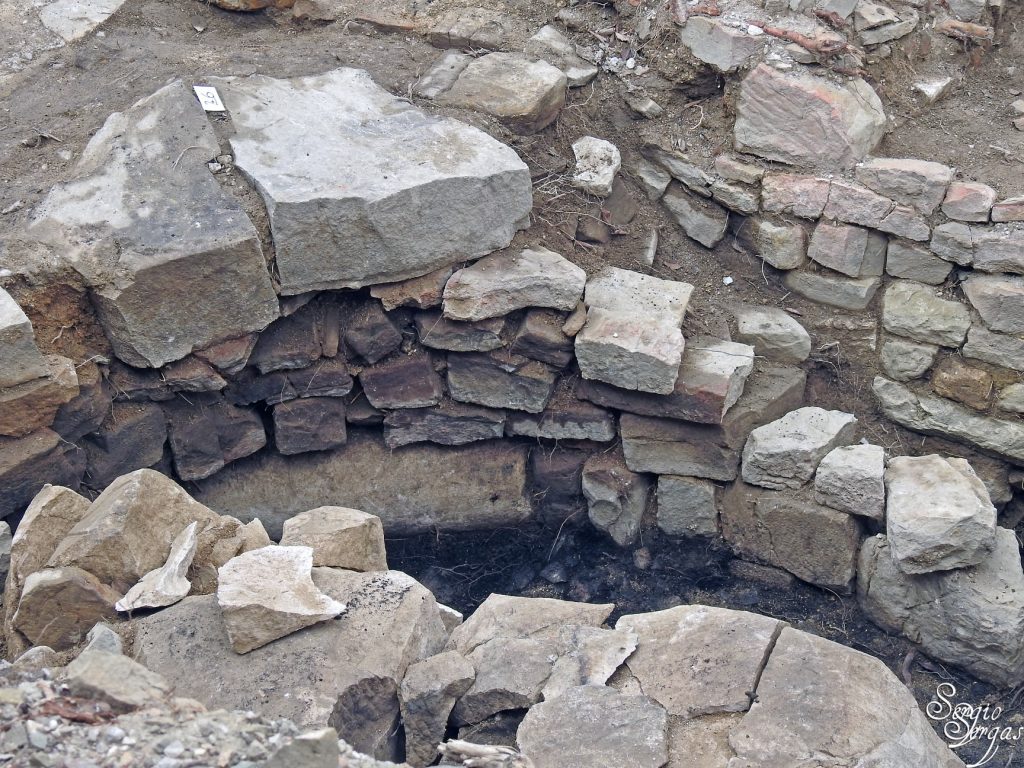
A team of experts will be appointed for the restauration of the area, mapping and computer reconstruction based on the findings. The water company and Trieste’s municipality will then decide whether to make the archeological site accessible to all.
The oil press was not, however, the only finding during this excavation. Under the ancient road leading to the top of San Giusto hill archeologists identified a low medieval wall and further lower levels of much older man-made buildings, including a bronze pipe.
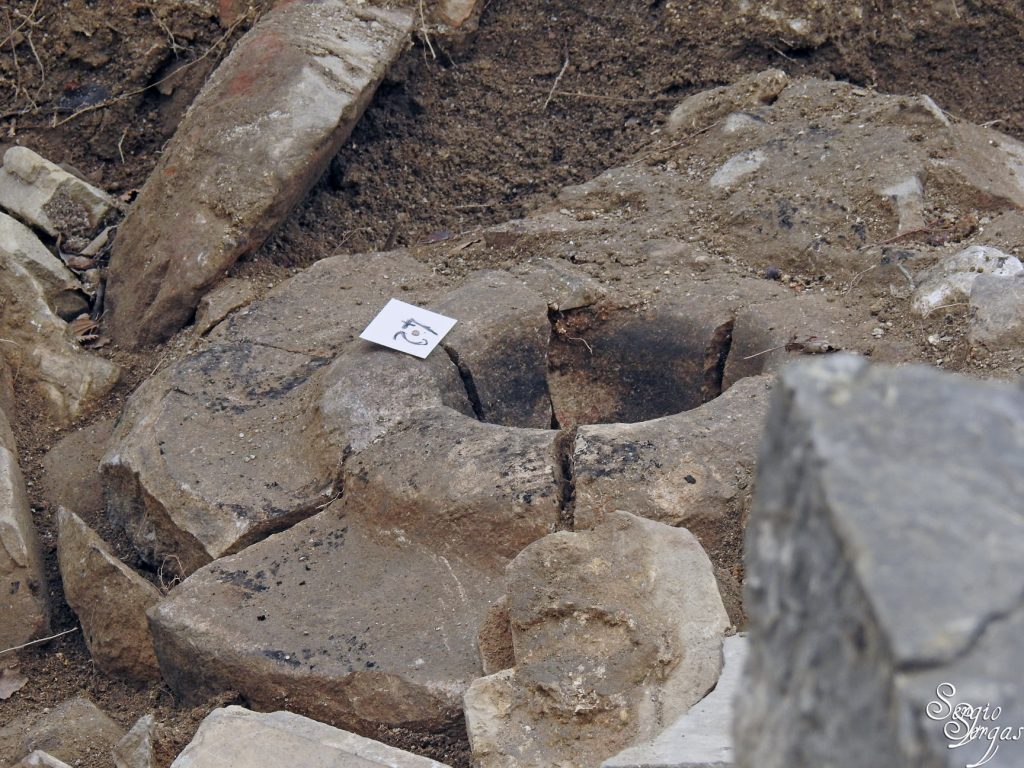
This latest finding adds to the other recently discovered ancient sites in the area which are currently being restored with the support of both public and private funds.

























